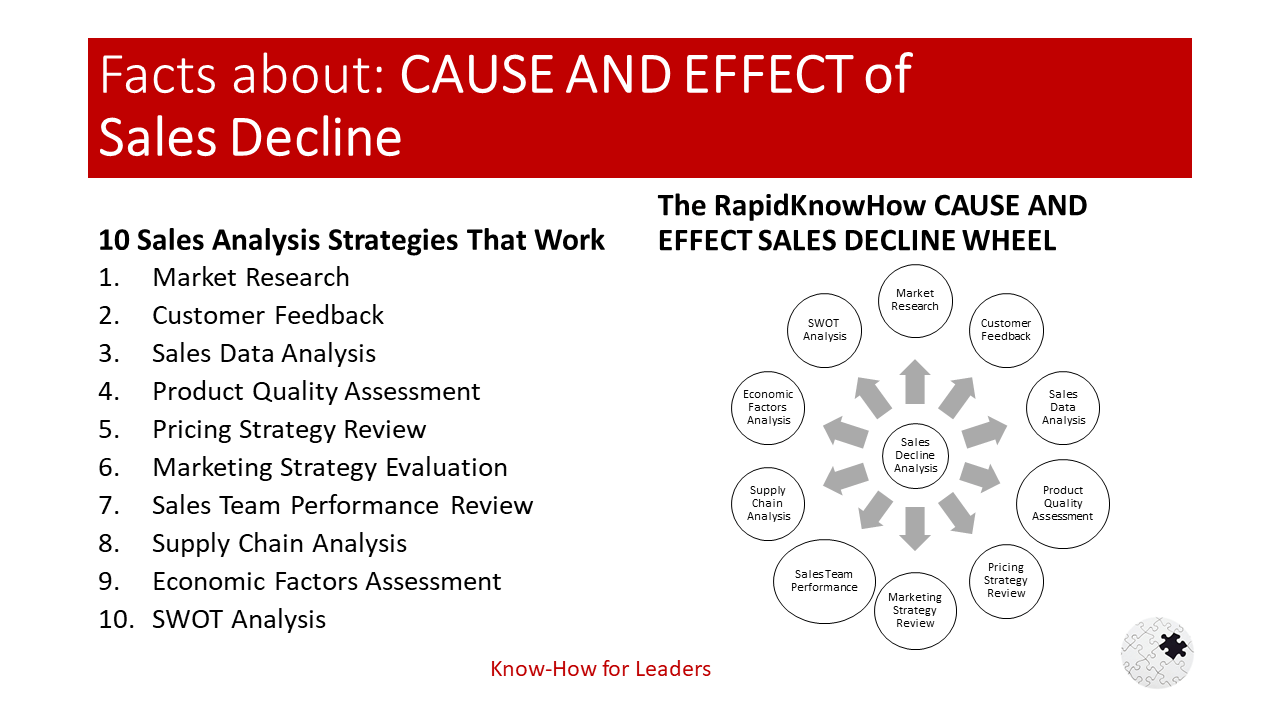RapidKnowHow : The Creativity Process
Life Leader > Be Creative > Creativity Processes > Creative Ideas > Translating Creative Ideas into Solutions > Top 3 Actions to Get Started > Look Back and Learn
Here’s a structured guide to help you through the process of nurturing your creativity and translating those creative ideas into actionable solutions.
Life Leader > Be Creative > Creativity Processes
Fostering a Creative Mindset:
- Cultivate an open-minded approach where you embrace curiosity and the desire to explore new ideas.
- Encourage a culture of experimentation and allow for brainstorming without judgment.
Divergent and Convergent Thinking:
- Utilize divergent thinking to generate a wide range of ideas (brainstorming sessions, mind mapping).
- Apply convergent thinking to narrow down those ideas, focusing on the most viable and impactful solutions.
Prototype and Test:
- Develop quick prototypes or models to visualize your ideas. This could be in the form of sketches, mock-ups, or simple demonstrations.
- Test these prototypes and gather feedback to understand their practicality.
Creative Ideas > Translating Creative Ideas into Solutions
Define the Problem Clearly:
- Start with a clear understanding of the challenge you are addressing. A well-defined problem often leads to better solutions.
- Utilize tools like the “5 Whys” technique to explore the underlying causes of the problem.
Develop a Plan for Implementation:
- Create an action plan that outlines the steps required to bring your creative ideas to life.
- Identify resources, timelines, and responsible parties for each action step.
Involve Stakeholders:
- Engage relevant stakeholders early in the process to gain insights and feedback on your ideas.
- Collaborate with team members to refine solutions, ensuring that they align with the needs and expectations of all involved.
Top3 Actions to Get Started
Schedule Time for Creative Thinking:
- Block out time in your calendar dedicated solely to brainstorming and creative exploration. Treat it as an important meeting with yourself.
- Use this time to explore ideas, research inspiration, and engage in creative exercises (like journaling or mind mapping).
Gather Diverse Perspectives:
- Form a diverse brainstorming group with individuals from different backgrounds and expertise. This variety can spark innovative ideas.
- Host collaborative workshops to bring everyone together to generate ideas and encourage creative synergy.
Create an Idea Repository:
- Start a digital or physical repository where you can jot down ideas as they come to you. This can include concepts, sketches, or notes.
- Regularly review and refresh this repository to find inspiration and identify promising ideas to develop further.
Look Back and Learn
Reflect on Past Creative Efforts:
- Take time to evaluate previous creative projects. What worked well? What didn’t? Understanding these aspects will inform your future endeavors.
Gather Feedback:
- Reach out to peers and stakeholders for their insights on your creative ideas and their implementation. Honest feedback can provide valuable learning opportunities.
Document Learnings:
- Maintain a creative journal that captures your insights, reflections, and the lessons learned during the creative process. This can serve as a resource for future projects.
Adapt and Evolve:
- Use the lessons learned from past experiences to adapt your approach moving forward. Be open to evolving your creative processes based on what you learn.
By following these structured steps, you can enhance your creative capabilities, turn innovative ideas into practical solutions, and continuously improve through reflection and learning. Embrace creativity as an ongoing journey, allowing it to shape your leadership style and problem-solving skills.





